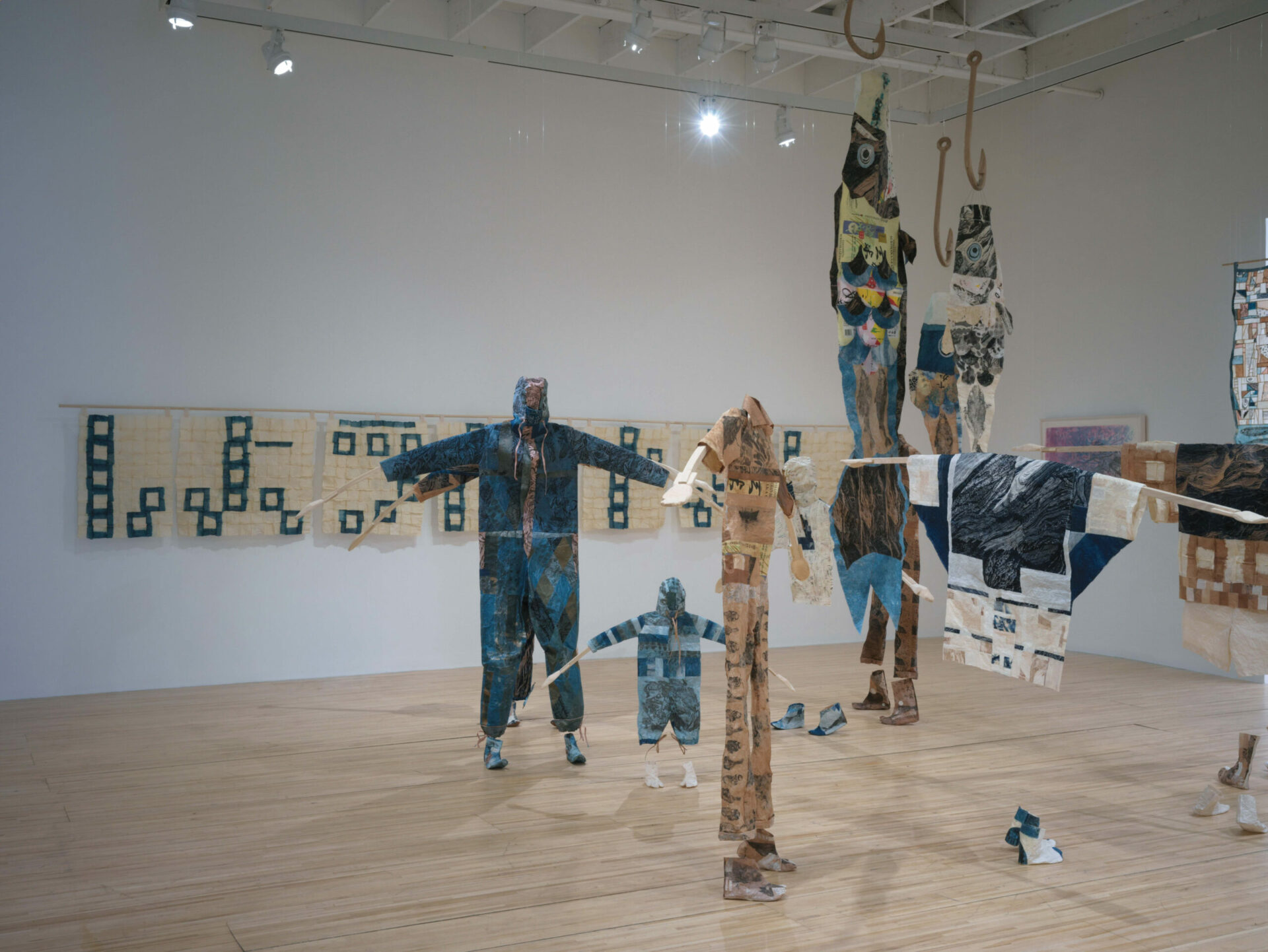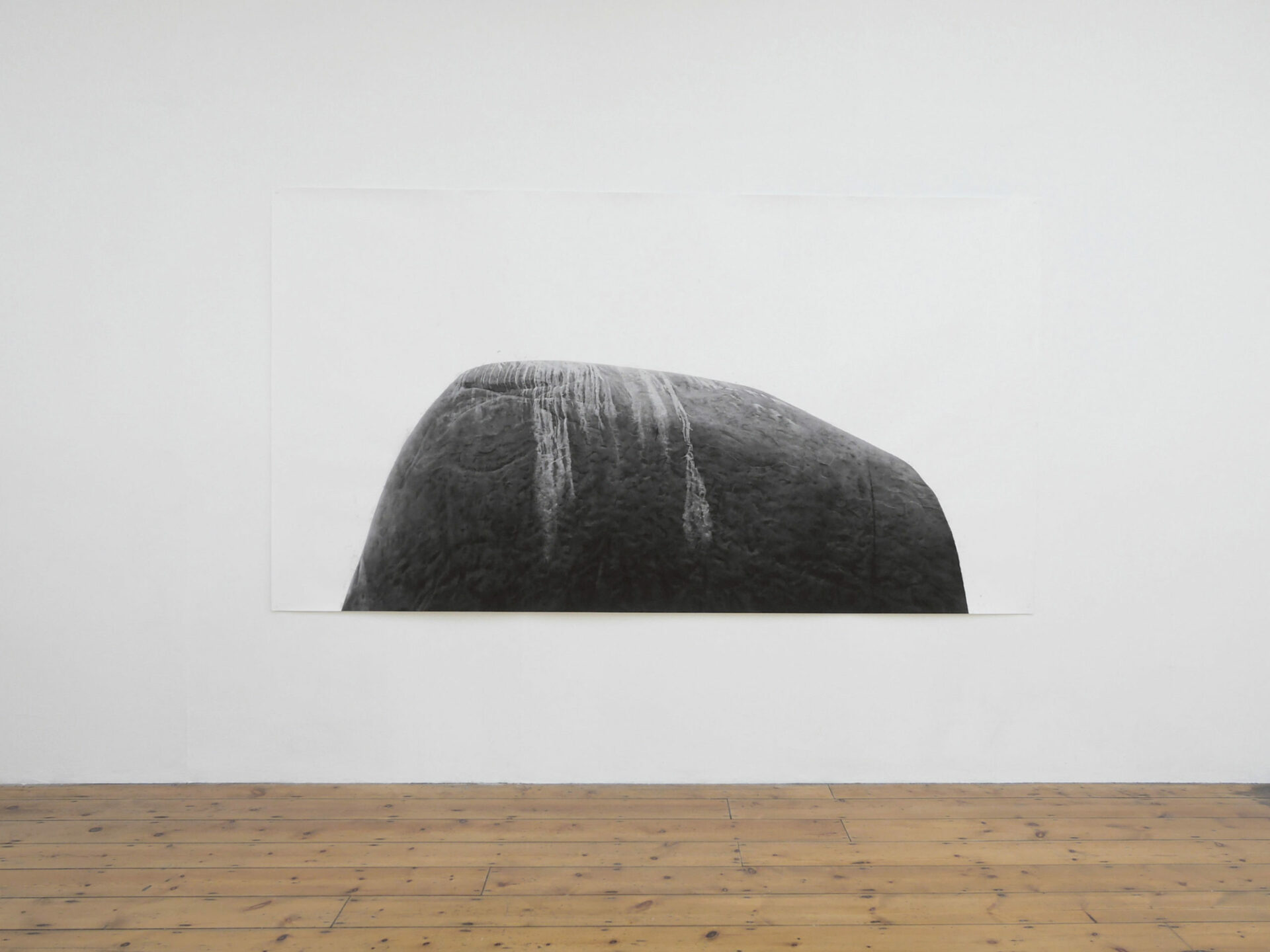[En anglais] 1. As you enter this show you expect to laugh, to keep on laughing, to laugh until the tears inundate your eyes, your cheeks, your entire face. The laughter is contagious. You feel as if you were in a chamber filled with nitrous oxide (N₂O), or in a dentist’s office where the dentist is the artist who hands you a mask as you slip into the chair while he is getting ready to extract your excruciatingly painful wisdom tooth. “Just a little sedative to make you relax,” he laughs. You laugh, and then you realize there are others in the room, all of them with masks muffling their words and stifling their laughter. You begin to feel a little light-headed or a tingling in your arms and legs. And then you begin to feel calm and comfortable. You realize then that this is not really an art exhibition at all. What you have witnessed is the making of an exhibition of the artist, Mathieu Lefevre, as he lures you into his space with gimmicks, disguises, traps, tricks and jokes.
Oh, of course, you can laugh, you can laugh them off! You can ignore them, and even admit sheepishly that you’ve been “had.” But then you begin to feel a painful throb in the back of your throat, a suspicion that it’s not all that simple. This is a young artist who takes words and paint, and throws them so brazenly, blithely and effortlessly in your face. He makes an exhibition of himself… and you, the spectator, often the butt of his jokes, become a participant in his show.
Créez-vous un compte gratuit ou connectez-vous pour lire la rubrique complète !
Mon Compte



